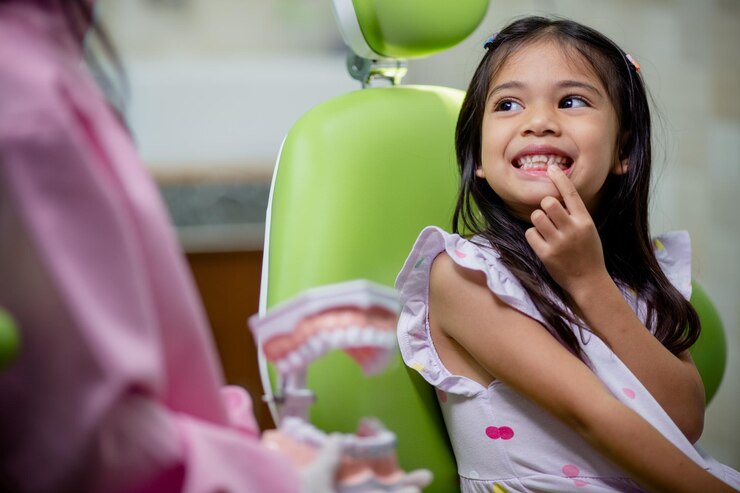Not every child develops cavities, but parents must be aware of oral health facts. They need to protect their children from tooth decay. Brushing, flossing, and regular dental visits are key to ensuring a healthy smile.
Parents need to know how to brush their child’s teeth properly and the right amount of fluoride for their child.
Baby teeth do start to fall out around the age of 6 or 7 and are then replaced by permanent teeth. Even though one’s child will lose all of their primary teeth, it is still important to take good care of the first set of teeth. Untreated tooth decay in baby teeth can indeed affect the adult teeth that are still under the gum line.
Parents need to ensure that their kid’s teeth are healthy and cavity-free into adulthood. Starting early with good daily oral hygiene habits and dental visits, it is important to ask the dentist about optimal fluoride use. The child will be grateful that they have a super parent to protect their respective smiles.
A parent’s knowledge of oral health facts is essential.
1. Dental enamel is the strongest substance in the human body
This is true. Although dental enamel happens to be one of the smallest substances in one’s body, it can withstand an immense amount of pressure and regular wear and tear.
Enamel is indeed made up of two essential proteins: dentin sialophosphoprotein (DSP) and dentin phosphoprotein (DPP). These play two different roles, but together they tend to create a strong and healthy surface.
2. Chewing sugarless gum helps prevent cavities
Several children do grow up believing that gum is bad for one’s teeth. Although some types of gum are bad, many are actually good for oral health! Sugarless gum does help remove food from between the teeth and also clean the surfaces of one’s teeth. It also contains xylitol, which inhibits the growth of bacteria that leads to cavities.
3. Blue is the most popular toothbrush color
Why so is not known, but if the parent or child has a blue toothbrush, of course only a minority of people who prefer blue over other toothbrush colors happen to be so. Parents need to come up with any further ideas.
4. No mouth is exactly the same
Forensic dentists use dental records to identify people all the time. Teeth can no doubt inform how old a person is, their ethnicity, and also information about a person’s lifestyle and diet. Also, the shape, size, and placement of a person’s teeth are unique, such as fingerprints.
5. Ida Gray happens to be the first African-American woman to earn a dental degree
Ida Gray was rather orphaned as a teenager, and she faced many challenges growing up. Despite her difficult life, she of course graduated from the University of Michigan in 1890 with a Doctorate of Dental Surgery, thus becoming the first African-American woman dentist in the United States.

6. “Bacon” is a toothpaste flavor
It is not recommended to make use of bacon toothpaste, but it is available to try. Other bizarre toothpaste flavors include:
- Mint chocolate
- Cupcake
- Wasabi
- Curry
- Pumpkin pudding
- Octopus
- Eggplant
For the sake of your family and friends, we suggest sticking to mint and cinnamon.
7. Brushing happens to be only 70% effective at cleaning teeth
Brushing involving only cleaning the chewing surfaces, fronts, and backs of one’s teeth is not sufficient. To effectively reduce the risk of cavities, flossing is essential! The child’s teeth need to be flossed at least once a day to remove food and bacteria from between the teeth.
Visiting the dentist every six months is essential dental health care. These visits ensure that the child does not suffer from tooth decay, which could lead to pain, discomfort, and early tooth loss.
Conclusion
Familiarity with oral health facts helps parents ensure that their child does not suffer from dental problems.


